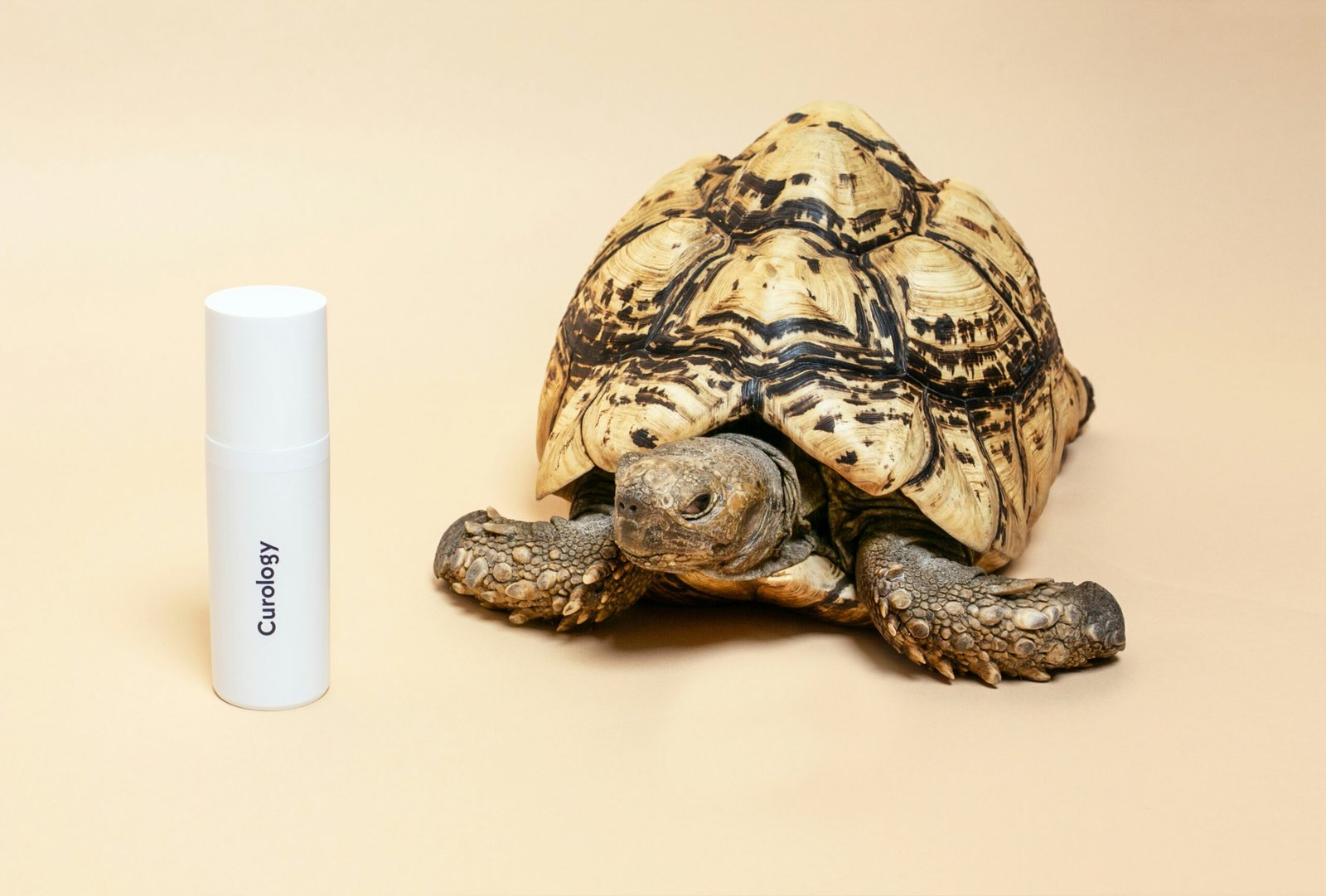
Introduction to Turtle Graphics
Turtle graphics is a popular way for introducing programming to kids. It provides a simple drawing environment where you can create shapes and patterns using code. In this tutorial, we will walk through the process to get started with the Turtle graphics module in Python.
Setting Up Your Environment
Before diving into the coding part, ensure that you have Python installed on your computer. You can download it from the official website. Once Python is installed, you can use the Turtle module by importing it into your script. Simply type import turtle at the beginning of your program.
Creating Your First Turtle
Now that you have Turtle set up, let’s create your first turtle. Start by instantiating a turtle object:
my_turtle = turtle.Turtle()Here, my_turtle is an instance of the Turtle class. You can instruct your turtle to move forward, turn, and draw shapes by using various methods. For example, to move the turtle forward by 100 units, use:
my_turtle.forward(100)To draw a square, you would combine movements like so:
for _ in range(4): my_turtle.forward(100) my_turtle.right(90)Execute the script, and you will see your turtle draw a square on the screen. This interactive approach helps new programmers understand the basics of coding while also engaging their creativity.
Further Exploration
Once comfortable with the basics, explore additional features like changing the turtle’s shape, color, and speed. The Turtle module can create intricate patterns, allowing users to create stunning visual art with simple commands.